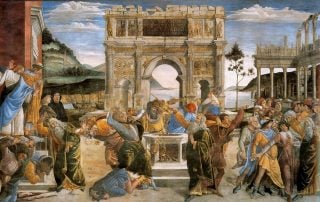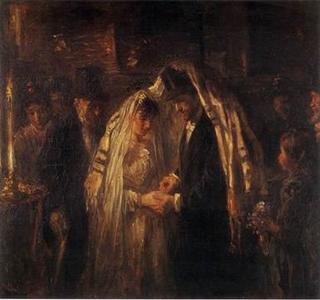Weekly Torah portion
Witnesses
Massei -- Bamidbar-Numbers 35 Whoever kills a person, based on the testimony of witnesses, he shall slay the murderer. A single witness may not testify against a person so that he should die. Bamidbar-Numbers 35:30 In this verse, the Torah states that a murderer can only be convicted based on testimony of live witnesses. Contrary to common law jurisprudence in the US and the UK, and civil law jurisprudence of most other western countries, circumstantial evidence cannot be used alone to convict according to the Torah law. (It may, however, be used to interrogate witnesses in order to ascertain their truthfulness or to acquit the accused.) The only basis for a Torah conviction is eye-witness testimony. This seems strange, though. Why, for example, may fingerprints or DNA evidence, which is, surely, incontrovertible, not be used to [...]







